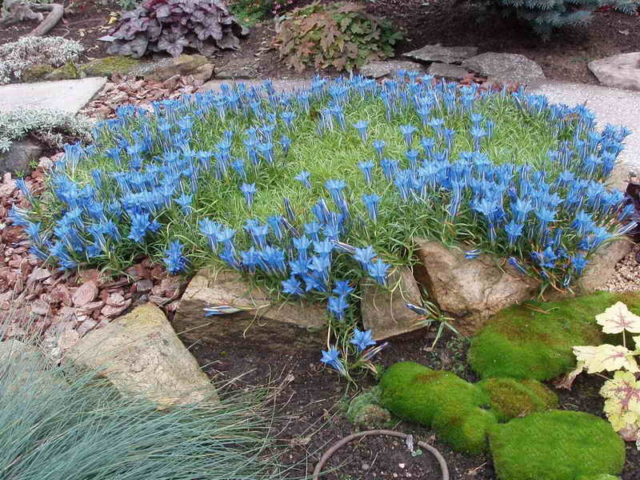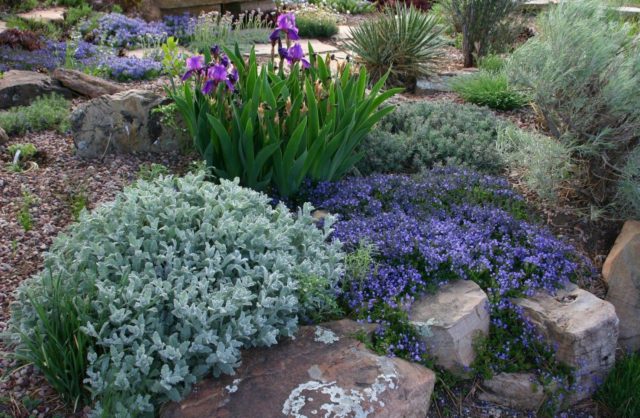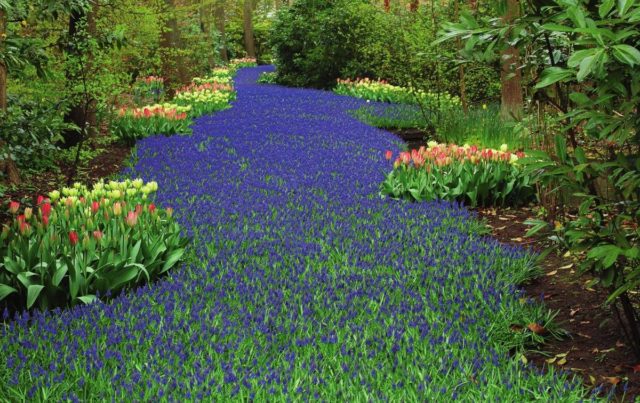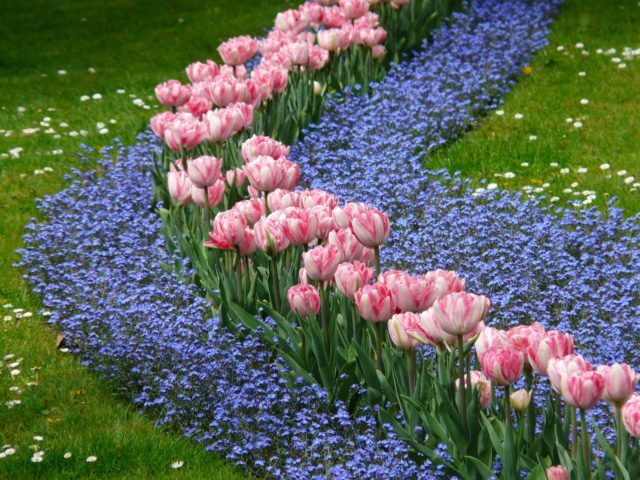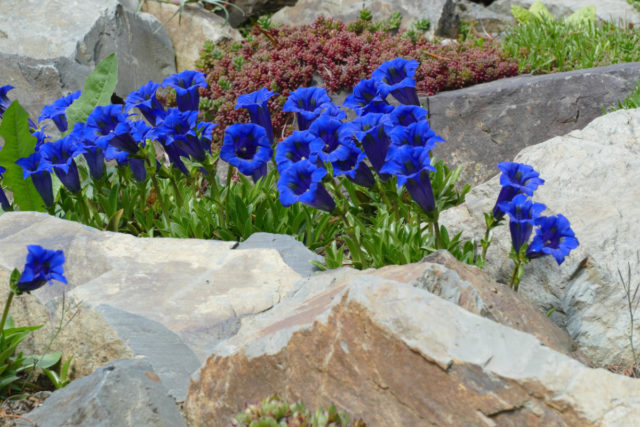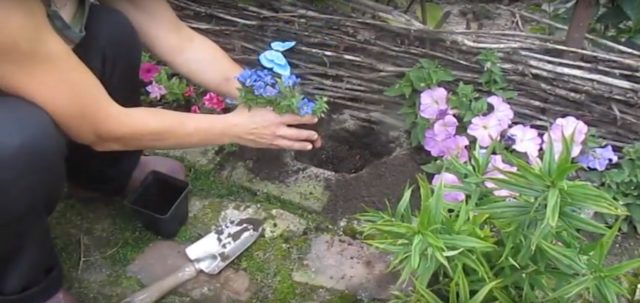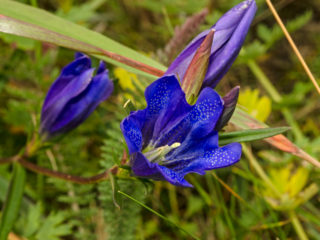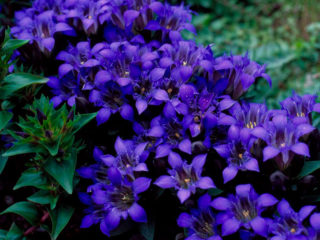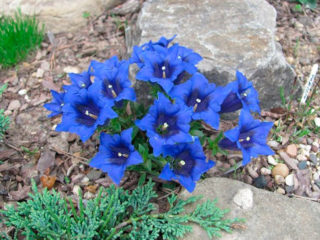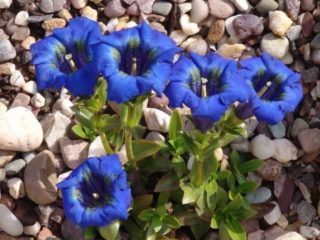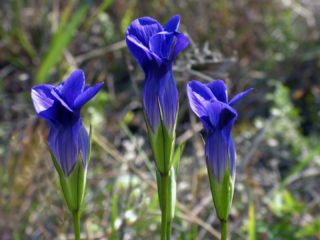Content
Spring gentian (Gentiana verna) is a perennial undersized cosmopolitan plant growing everywhere. Culture is not found only in the Arctic. In Russia, the gentian is widespread, but the main accumulation of the species is observed in the European part. It grows in mountainous areas, in swampy areas, in river floodplains, in shaded glades. The culture can be seen along the sides of the forest roads.
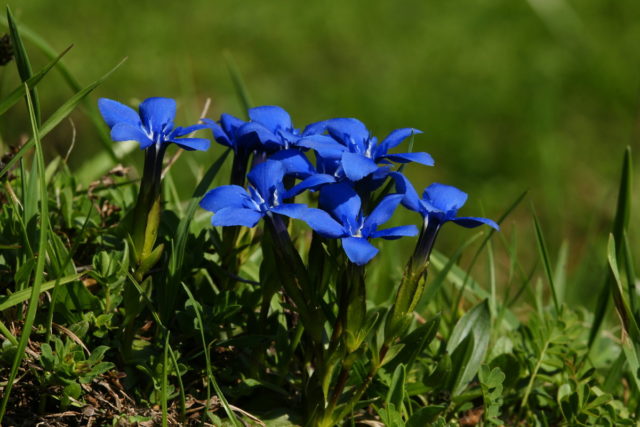
Also known as gentian or bitter root, it has medicinal properties and is used in folk medicine.
Description of the species
The genus includes up to 700 plant species, differing in shape, color and flowering time. Spring gentian is one of the primroses. Its shoots appear even under the layer of spring snow, the buds are formed immediately after its melting.
External characteristics of spring gentian:
- The plant is undersized, no more than 5 cm high.
- The root system is superficial, highly branched, and can cover large areas.
- Stems, tubular, hollow, thick, short, erect. Formed in 1-3 pcs. from the lower leaf rosettes, ending in flowers.
- Leaves are dark green, small, lanceolate, opposite.
The flowers for the dwarf form of the plant are large, bright blue, five-petal.
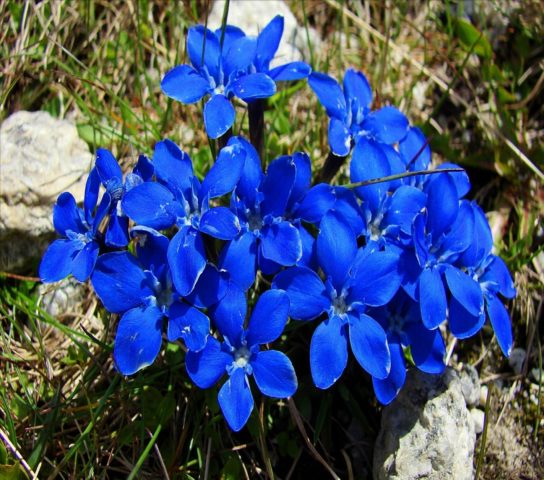
The peak flowering of spring gentian falls in mid-May, the cycle duration is within three weeks
Application in landscape design
Spring gentian is difficult to attribute to plants in demand in landscape design. In ornamental gardening, hybrid varieties of culture are often used. Primrose is used as a ground cover in combination with other early flowering plant species such as tulips or snowdrops. They create compositions with daffodils and phloxes.
The period of decorativeness in gentian is short - only during flowering, this feature is taken into account in design designs. Examples of the use of spring gentian in ornamental gardening will help with the choice of the optimal composition:
- The central accent color in rockeries.
- Composition with conifers and irises.
- In design, a technique based on color contrast is highly valued. Blue gentian flowers are in harmony with yellow and rose crops.
- The spring gentian is used for tamping the linear planting of tulips.
- The gentian is ideal for a wildlife-inspired corner of a garden.
- The blue color of the flowers is in harmony with natural stone. The plant is used to decorate rock gardens.
Breeding features
Spring gentian forms compact bushes. At the age of three, they can be divided into several parts, so that each has one leaf outlet. Plant immediately in the designated place (in the southern regions). In colder climates, it is recommended to place the plant in flower pots or containers and leave until the next season. During this period, the root system will get stronger enough and take root more easily in an open area.
Spring gentian and cultivars based on it provide a full-fledged planting material. Seeds are harvested at the end of summer, they are rather small, and require stratification before sowing. The material is mixed with moistened sand, placed in a cloth bag and placed in the refrigerator for 1-2 months.
Seeds are laid in February in plastic or wooden containers:
- Peat, sand and humus are mixed, containers are filled.
- Seeds with sand are spread over the surface, moistened with a spray bottle.
- Cover the container with gentian foil and put it in a room with a temperature of 15-17 0C.
- Ventilate periodically so that condensation does not form on the film.
- Water as needed, the soil should not be dry and waterlogged.
After emergence, the containers are opened, and the plants are placed in a well-lit place.
- When a leaf rosette is formed, the spring gentian dive into separate containers.
Maintain at a constant temperature of +20 0C in a place protected from direct sunlight. Before planting on the site, the seedlings are taken out into the open air for 1 week for adaptation.
Landing features
Spring gentian grows in its natural environment on fertile neutral or slightly acidic soils. The soil should be lightweight and with good air circulation. The plant is hygrophilous, but does not tolerate stagnant water. The plot is well drained.
Spring gentian grows both in partial shade and in the open. The culture can be placed near ornamental shrubs that periodically shade it. In its natural environment, the gentian settles in the alpine foothill zone among stones and grasses. If these conditions are created on the site, the vegetation and flowering of the plant will be full.
Planting time depends on the material. Seedlings are determined on the site in late May - early June. The division of the bush is carried out approximately in the second half of July. If you divide the root system in the spring, there is no guarantee that the plant will take root and bloom.
The sequence of planting spring gentian:
- The site is dug up, complex mineral fertilizers are applied.
- The root system of the plant is treated with an antifungal agent and placed in a stimulant.
- Peat, compost are mixed, fine pebbles are added.
- Deepening is done in accordance with the size of the root system.
- A nutrient substrate is placed at the bottom of the hole and a gentian is installed.
Seedlings are placed in the ground along with an earthen lump.
- Fall asleep with a mixture and compact.
Care rules
Spring gentian is a fairly common crop in the wild, but this does not mean that it will grow under any conditions. The slightest deviation from biological requirements stops the growing season, in the worst case, leads to the death of the plant.
Watering and feeding schedule
The soil should always be moist, the earthen coma should not be allowed to dry out. If mulch is used, the amount of watering can be reduced. The gentian is watered regularly, but do not allow stagnation of water and the ingress of drops of liquid on the flowers. Better to water at the root. The spring gentian feels comfortable on the banks of water bodies. If it grows near water, then the amount of watering is reduced.
The plant is fed with nitrogen fertilizers in early spring, potash and phosphate fertilizers - during flowering, organic - in autumn. Throughout the growing season, liquid organic matter is introduced in unlimited quantities, this can be done simultaneously with watering.
Weeding and loosening
Weeding and loosening are required only for hybrid varieties; for a wild-growing species, this measure is irrelevant. Weeds are removed by hand so as not to damage the root.
It is quite difficult to loosen the dwarf spring gentian, in this case mulch will also help, it will prevent soil compaction. The plant reacts poorly to root damage, it takes a long time to recover, so it is better to refuse weeding.
Preparing for winter
In autumn, the aerial part of the spring gentian dies off and dries up. All residues from the site are removed and taken out. If it is autumn with sufficient rainfall, then it is not necessary to water the plant abundantly before frost.In case of dry weather, 2 weeks before the temperature drops, the site is completely filled with water.
Cover the spring gentian with peat mixed with compost. The material must be dry. You can use straw or fallen leaves. In a southern climate, the spring gentian hibernates without additional measures.
Diseases and pests
If the conditions for growth meet the requirements of agricultural technology, the culture does not get sick. If placed in a waterlogged area, the plant is affected by root rot or gray mold. Get rid of the infection with any fungicide. Of the pests, they parasitize on the gentian of spring slugs, they are collected by hand, less often thrips appear in the fight against them, any of the available insecticides is suitable.
Conclusion
Spring gentian is a perennial dwarf plant with an early flowering period. A shade-tolerant, frost-resistant culture is used in design as a ground cover option. Subject to agricultural techniques, sufficient watering and feeding, it grows quickly on the site, occupies quite large territories.
